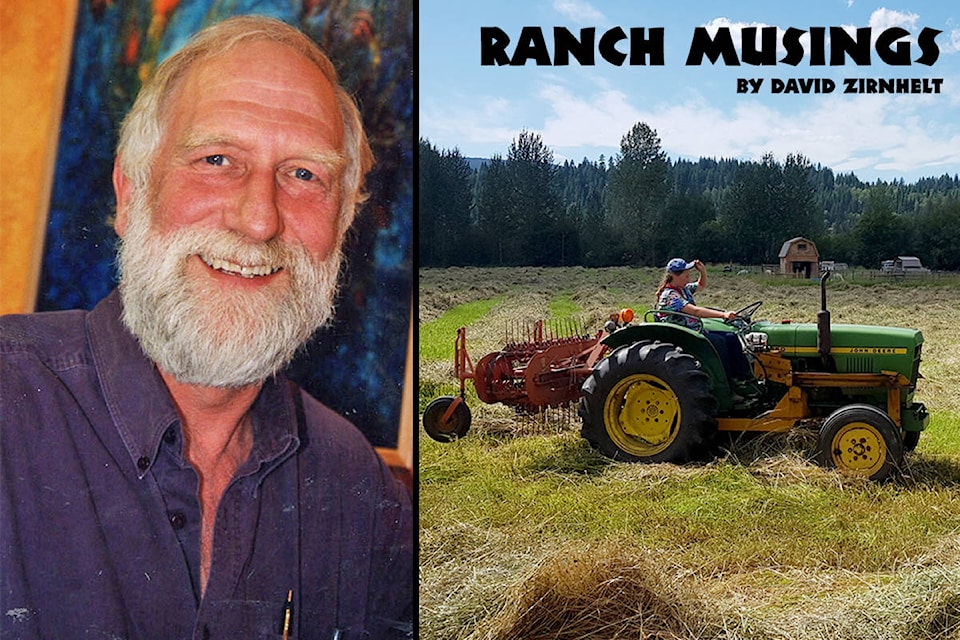Farm and ranch leadership in the Cariboo has been doing some strategic planning for their organizations on behalf of their membership and for local citizens and consumers of food.
Most change takes a while. It has been said by researchers that small businesses take 10-14 years to hit their stride and become profitable.
Recently, the north Cariboo agriculture development committee (ADAC) based in the Quesnel area, has been conducting its strategic planning sessions. In the process, some interesting analysis has been provided to the committee (appointed by the Cariboo Regional District).
Information from 2016 census showed that there was a huge drop in the number of cattle and the acreage of production on ranches in our region. Horticulture, on the other hand, grew tremendously, albeit from a very small base.
Read More: The aging ranchers bumble along
Forage (hay and silage) which is the basis of ruminant livestock (cattle and sheep), dropped such that much was reported as not being in production.
The surviving ranches, a big majority, grew in size, speaking to the need to scale up in numbers because the margins are thin.
Land, the basis of most agriculture, is still reasonably priced but is a significant investment for new and expanding operations.
That land will need to be managed with climate resilience and input conservation in mind. Water and carbon can be very cheap as inputs if natural fertility and organic matter is managed in the soil. New land brought into production will maintain for some time by its original organic matter.
For the long term, these two factors need to be carefully managed to maintain fertility and productivity. Most wisdom being provided is that you have to measure where your soil is at in its fertility and then budget the most cost-effective nutrient management. Fertilizer, organic or chemical amendments to soil that replenishes the soil from what has been taken out, has a limited budget in most businesses.
Several ranch business managers and suppliers will say that $40 to $60 per acre may be the limit. One operation I know added $60 per acre and achieved one ton per acre more production. That additional production paid for the investment. Only continual (every three years) soil sampling will tell the tale of sustainability on that land base.
We are missing the cost of production data for our region. At least we are missing the analysis, so we can base our conclusions on evidence.
Paying farmers for sequestered carbon is still very much a debated matter in government circles. If you read Small Farmer, a Canadian publication, you will have seen the article on research underway to measure the impact of regenerative agriculture practices on soil carbon.
At the beginning, I referred to strategic planning going on which should help guide producers in our region. I mentioned ADAC in the north Cariboo. The Cariboo Agriculture (applied) Research Alliance (CARA) and the Cariboo Cattlemen’s Association have in the past year completed their strategic plans.
The planning for the Food Hub in the north Cariboo serving the wider region has a plan to add value to basic products. I wish them luck in this necessary venture and thank the leadership there.
Here is hoping the all the leadership in our regional agriculture can secure funding and volunteers to move us towards achieving goals that stabilize and grow our agriculture industries.
David Zirnhelt is a rancher and member of the Cariboo Cattlemen’s Association. He is also chair of the Advisory Committee for the Applied Sustainable Ranching Program at TRU.
Like us on Facebook and follow us on Twitter.
